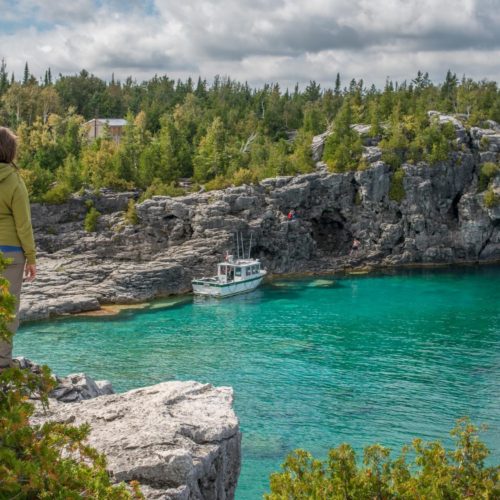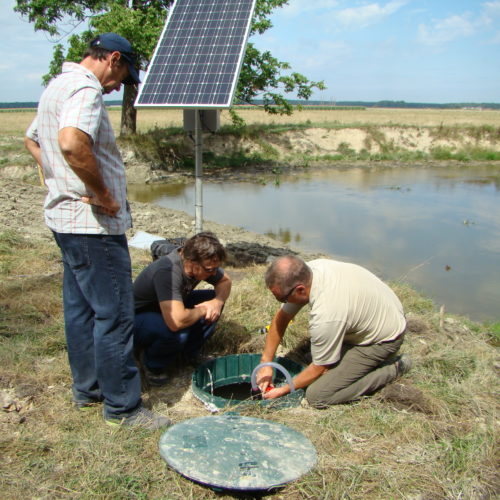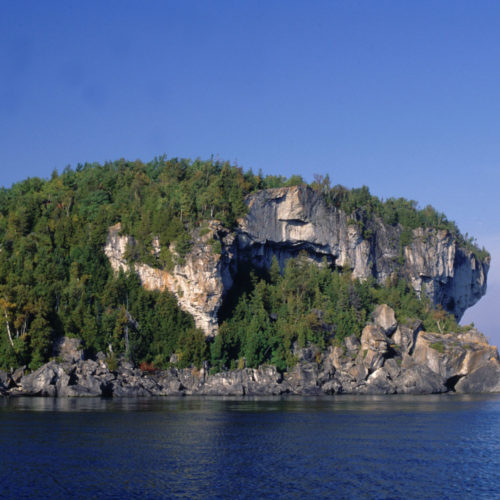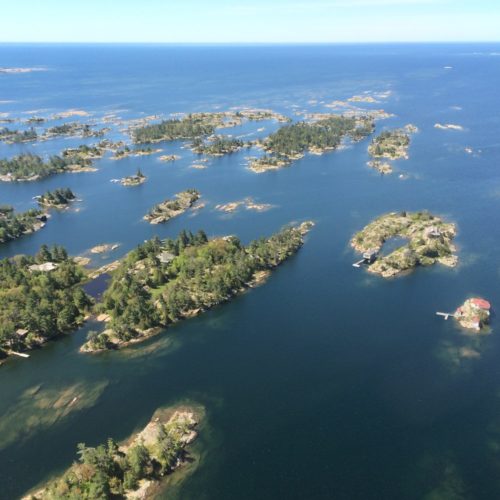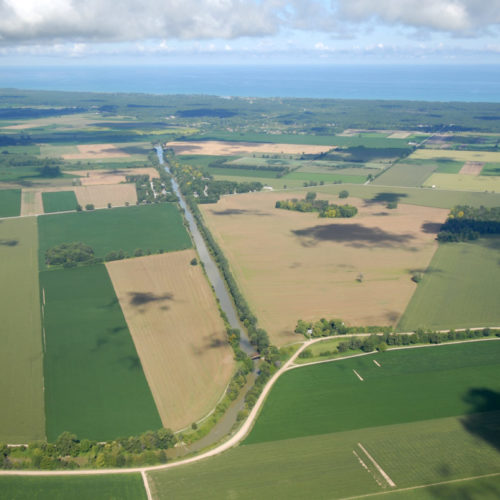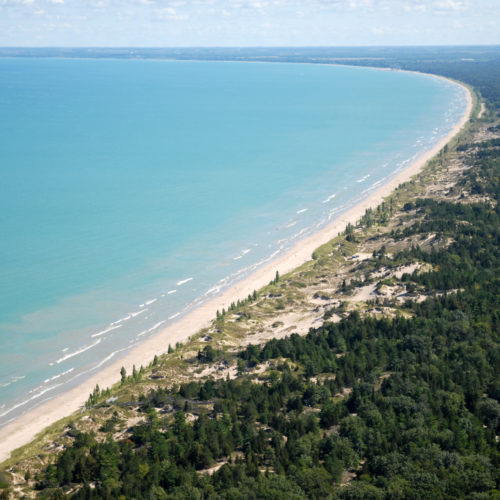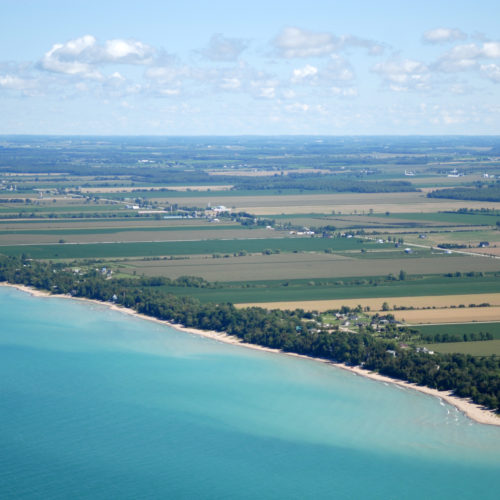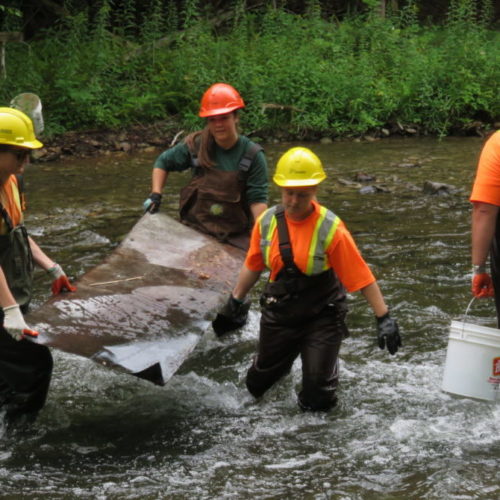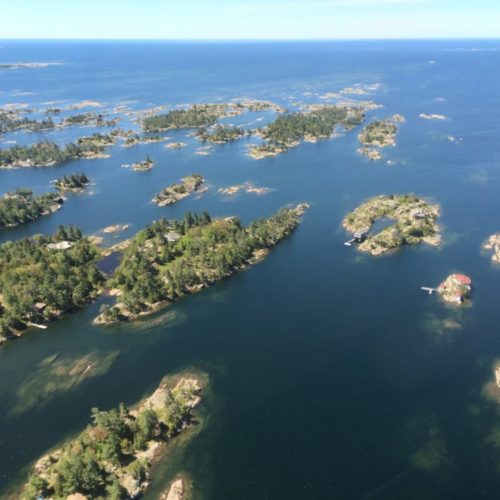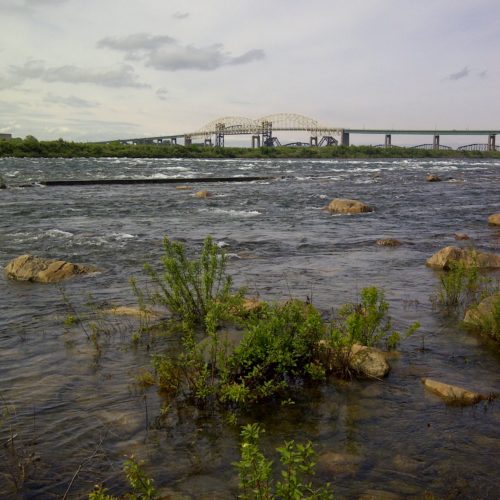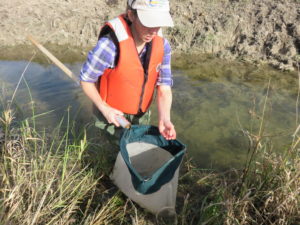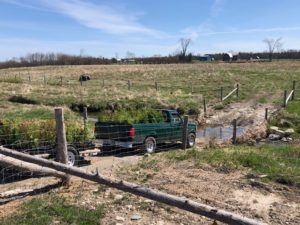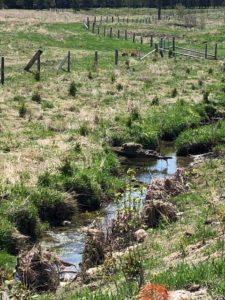The Grimesthorpe Creek Reach 29 Sites S17, S18 and S19 were ranked as medium priority sites. Environmental issues included: unrestricted livestock access with no designated livestock crossing or watering area, degraded water quality due to nutrient loading, bank erosion due to livestock access and lack of native trees and shrubs. The threat indicators include pollution, habitat loss and climate change impacts. Unrestricted livestock access damaged the watershed by trampling of stream banks, loss of bank stability discharging sediment, degradation of brook trout spawning habitat, overgrazing the riparian area, nutrient loading causing algal blooms and elevated stream water temperatures. Our project controlled 250+ cattle accessing the creek, rehabilitated (393m) of stream bank, rehabilitated (590m2) of in-stream habitat, improved (9150m2) riparian habitat by planting 3749 trees/shrubs and aquatic data was collected by Laurentian University and College Boreal.
Nearest city or town: Spring Bay, ON
Project start date: May 20, 2020
End date: June 10, 2020
Project focus: Combination of Education, Restoration, and Monitoring
Project contact: Seija Deschenes
